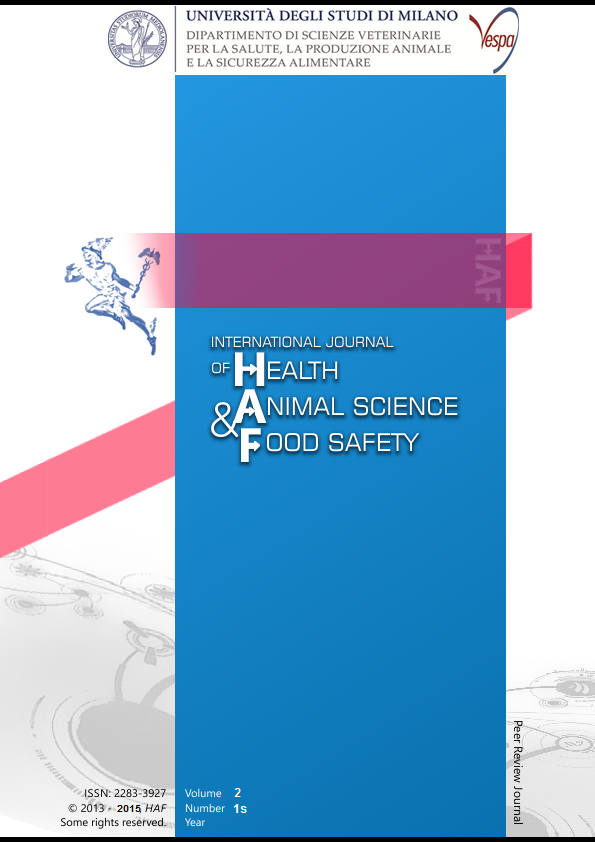Abstract
Ghrelin, the natural ligand for GH secretagogue receptors, influences the activity of both human and rat joint chondrocytes, modulating the synthesis of eicosanoids in the cartilage1. This project aims to assess the possible protective effects of Ghrelin on equine cultured chondrocytes exposed to lipopolysaccharide (LPS), as a model of osteoarthritic joint. In the preliminary step of our study, we have characterized equine chondrocyte primary cell cultures and standardized the detrimental effects LPS on chondrocytes health. Equine articular cartilage was collected with aseptic procedure and equine chondrocytes were isolated by overnight incubation. Cells were cultured in monolayer culture to obtain third-passage (P3) chondrocytes and specific cartilaginous genes were identified by qualitative PCR. P3 chondrocytes were treated with increasing LPS concentrations (1-100 ng/ml) and the effects of LPS were assessed with the apoptosis-induction test and fluorescence microscopy after 1, 3, 6, 12, 24, 48 h of treatment. PCR evidenced type II collagenases and aggrecan expression in isolated cells confirming the isolation of chondrocytes. Healthy chondrocytes (HC) showed no fluorescence, necrotic chondrocytes (NC) red fluorescence, early apoptotic chondrocytes (EAC) green fluorescence and advanced apoptotic chondrocytes (AAC) mixed green-red fluorescence. In LPS-stimulated chondrocytes, there was a trend throughout an increased percentage of AAC that became equal to or overwhelmed the percentage of HC after 3 hours for all LPS treatments and lasted for 6 hours after the highest LPS concentration used. On the basis of these results, the concentration of LPS 100 ng/ml for 6 h will be used for subsequent experiments.Riferimenti bibliografici
Caminos J.E., Gualillo O., Lago F. et al. 2005. Endocrinology 146(3): 1285-92.
This work is licensed under a CC BY-SA 4.0 international

